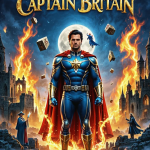𝙏𝙝𝙚 𝙍𝙤𝙖𝙙 𝙒𝙖𝙧𝙧𝙞𝙤𝙧 (𝟭𝟵𝟴𝟭)
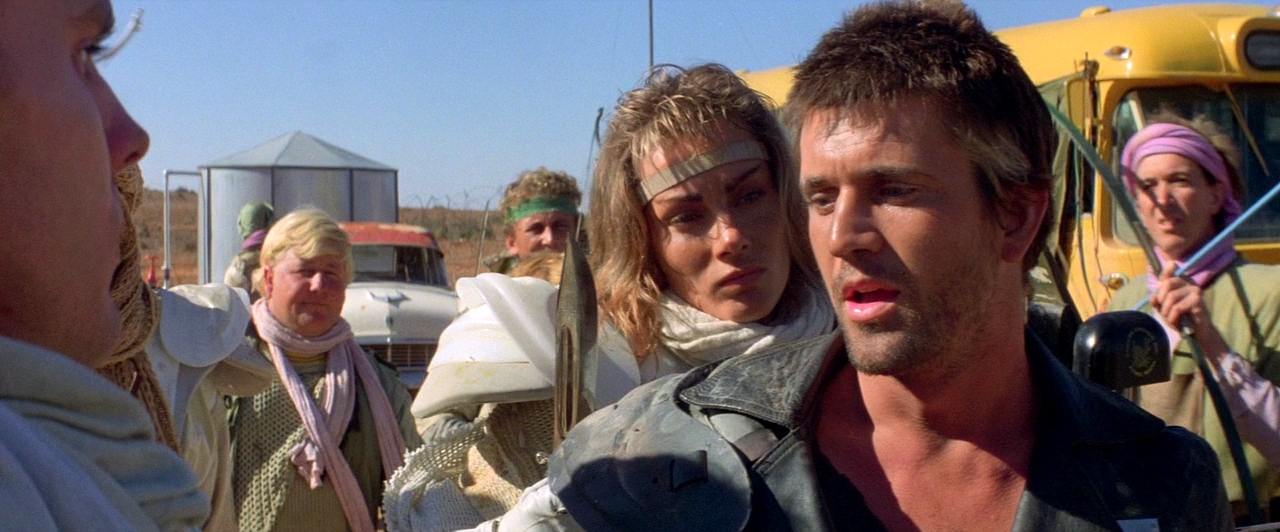
![]() 𝙏𝙝𝙚 𝙍𝙤𝙖𝙙 𝙒𝙖𝙧𝙧𝙞𝙤𝙧 (𝟭𝟵𝟴𝟭)
𝙏𝙝𝙚 𝙍𝙤𝙖𝙙 𝙒𝙖𝙧𝙧𝙞𝙤𝙧 (𝟭𝟵𝟴𝟭)
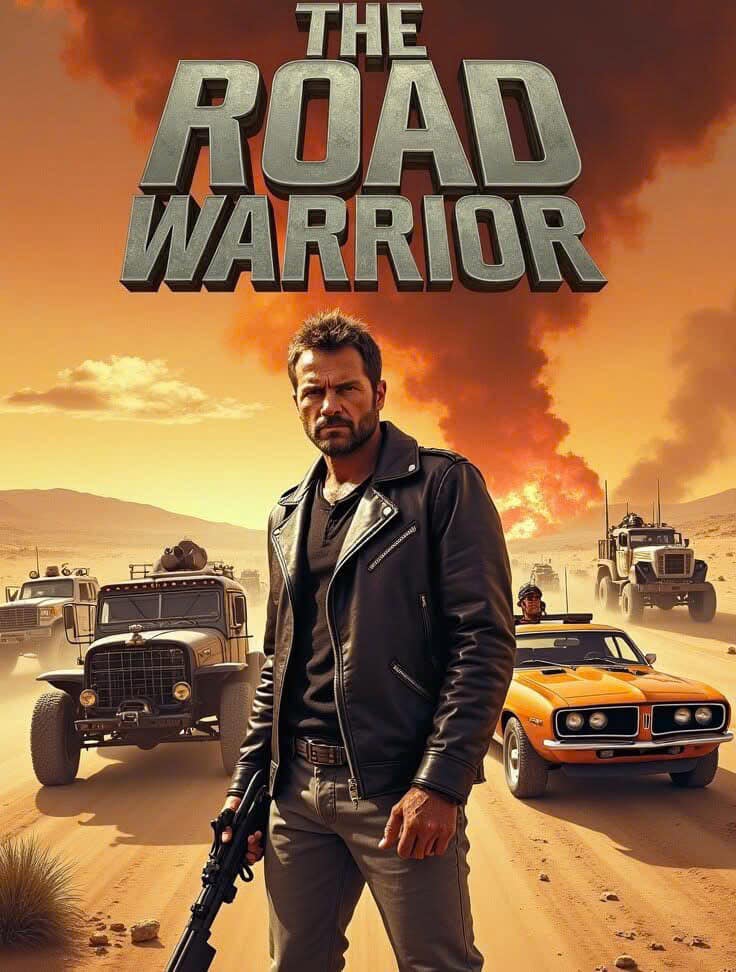 Often regarded as one of the greatest action films of all time, The Road Warrior continues to influence filmmakers and remains a benchmark for dystopian cinema.
Often regarded as one of the greatest action films of all time, The Road Warrior continues to influence filmmakers and remains a benchmark for dystopian cinema.Set in a desolate, post-apocalyptic Australia, the story follows Max Rockatansky (Mel Gibson), a lone wanderer haunted by the loss of his family and the collapse of civilization. 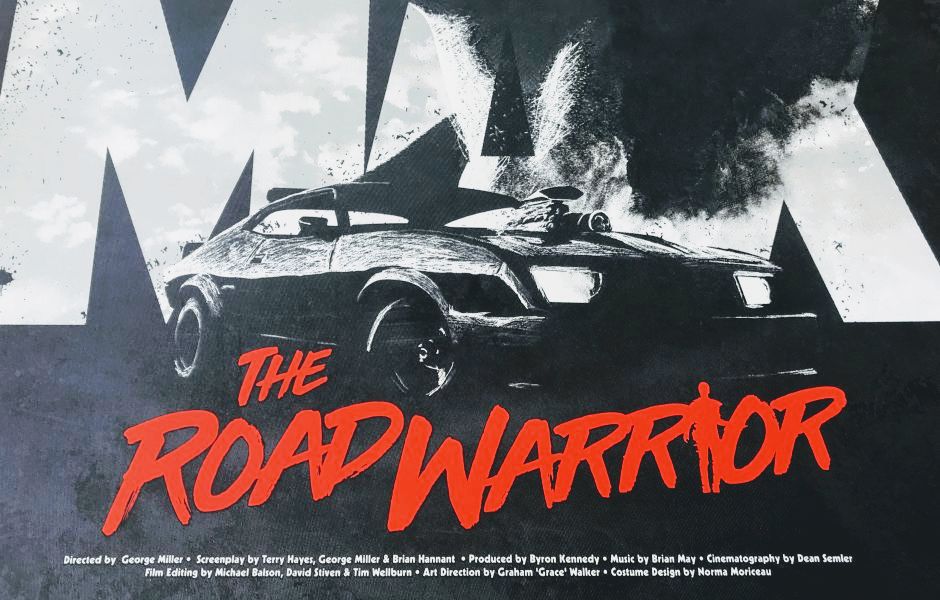 Max stumbles upon a small community of survivors who are besieged by a ruthless gang of marauders led by the brutal Humungus (Kjell Nilsson). The community possesses a precious resource: gasoline, which has become the most valuable commodity in this barren world.
Max stumbles upon a small community of survivors who are besieged by a ruthless gang of marauders led by the brutal Humungus (Kjell Nilsson). The community possesses a precious resource: gasoline, which has become the most valuable commodity in this barren world.  Reluctantly, Max agrees to help them escape their attackers in exchange for fuel, leading to a high-stakes battle for survival.
Reluctantly, Max agrees to help them escape their attackers in exchange for fuel, leading to a high-stakes battle for survival.
 Max stumbles upon a small community of survivors who are besieged by a ruthless gang of marauders led by the brutal Humungus (Kjell Nilsson). The community possesses a precious resource: gasoline, which has become the most valuable commodity in this barren world.
Max stumbles upon a small community of survivors who are besieged by a ruthless gang of marauders led by the brutal Humungus (Kjell Nilsson). The community possesses a precious resource: gasoline, which has become the most valuable commodity in this barren world.  Reluctantly, Max agrees to help them escape their attackers in exchange for fuel, leading to a high-stakes battle for survival.
Reluctantly, Max agrees to help them escape their attackers in exchange for fuel, leading to a high-stakes battle for survival.The film’s world-building is one of its greatest strengths. George Miller crafts a bleak and unforgiving landscape where humanity’s descent into chaos feels both plausible and terrifying.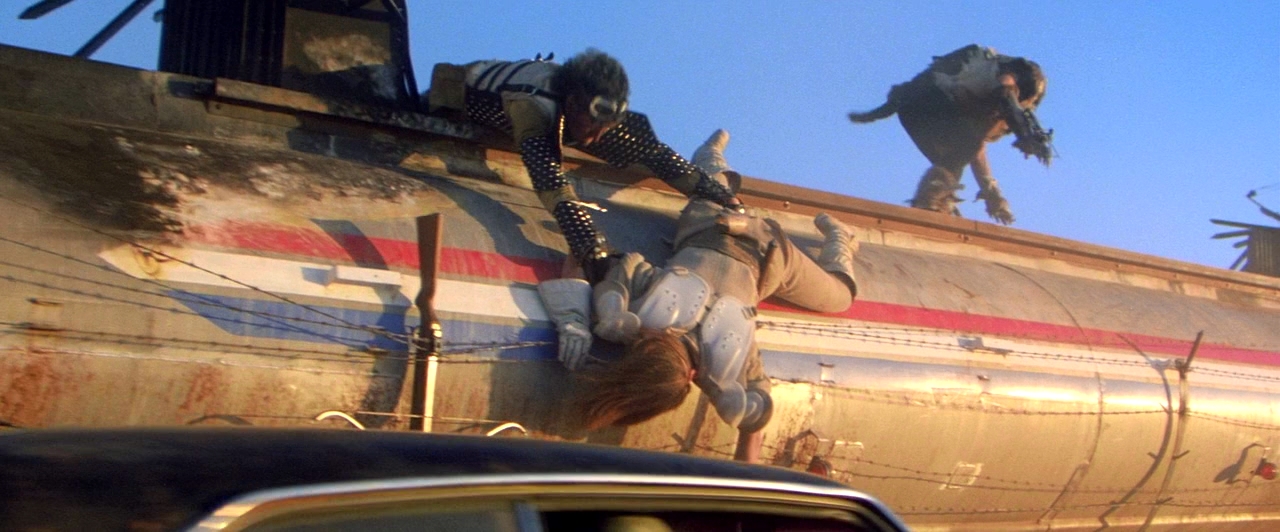 The wasteland is a character in itself—its vast, sun-scorched deserts and abandoned highways create a sense of isolation and despair. This environment serves as the perfect backdrop for the story’s themes of survival, morality, and redemption.
The wasteland is a character in itself—its vast, sun-scorched deserts and abandoned highways create a sense of isolation and despair. This environment serves as the perfect backdrop for the story’s themes of survival, morality, and redemption.
 The wasteland is a character in itself—its vast, sun-scorched deserts and abandoned highways create a sense of isolation and despair. This environment serves as the perfect backdrop for the story’s themes of survival, morality, and redemption.
The wasteland is a character in itself—its vast, sun-scorched deserts and abandoned highways create a sense of isolation and despair. This environment serves as the perfect backdrop for the story’s themes of survival, morality, and redemption.

